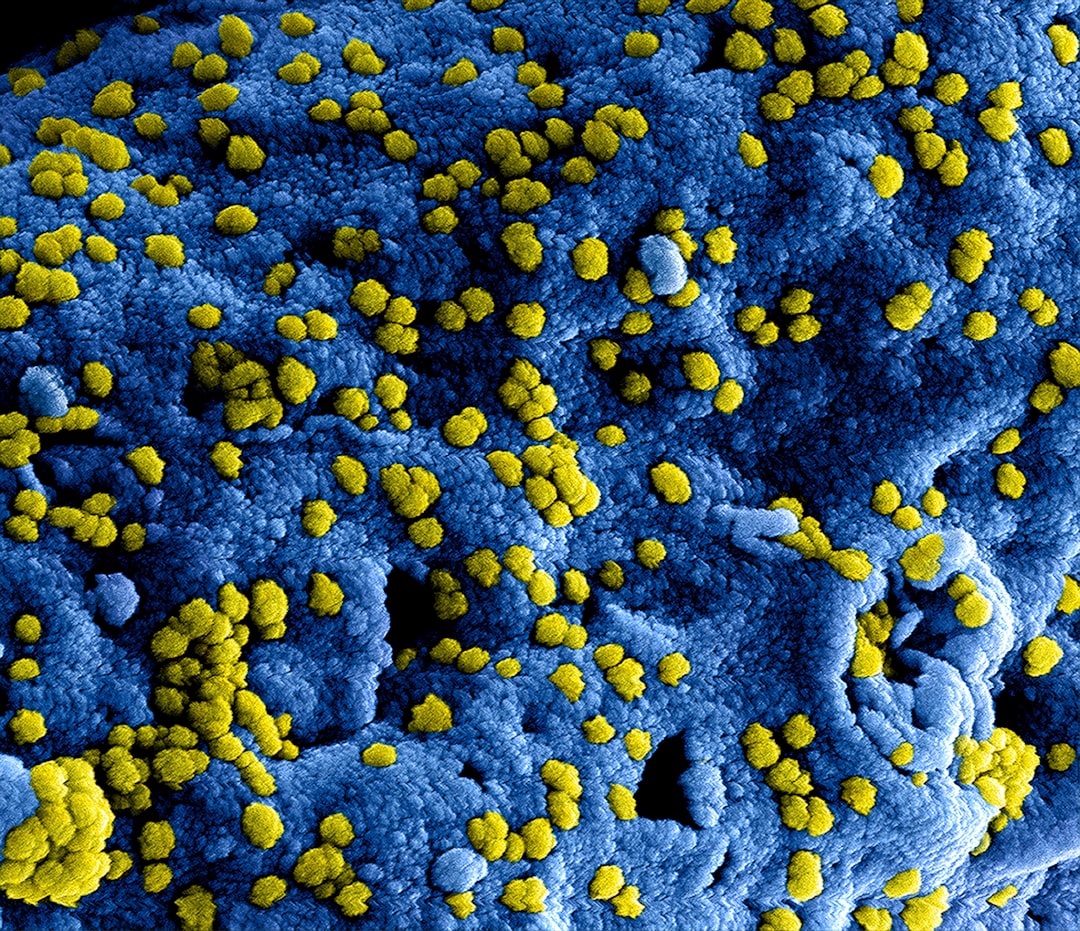What is it about?
This paper discusses the influence of abrupt climatic events, like the El Niño of 1997/1998 on the somatic growth of the green turtle in the Western Atlantic. As sea turtles are long-lived, highly migratory and mega-consumers, they are considered good for such environmental monitoring. Through more than 9,000 records of incremental size of turtles from Bermuda to Uruguay, it has been shown that there has been a decline in green turtle growth rates since the El Niño event in 1997/98, as well as due to global warming gradual, observed from three decades to the present. The summary conclusion that productivity of sea turtles is lower at warmer temperatures is not good news in an age of warming seas.
Featured Image

Photo by NOAA on Unsplash
Why is it important?
We assembled growth rate data for West Atlantic green turtles resulting in the largest (n = 9,690 growth increments, longest (from 1973 through 2015), and most widespread (from Bermuda to Uruguay) dataset ever compiled for sea turtles. It showed both (Multivariate El Niño Southern Oscillation Index - MEI) and Sea Surface Temperature effects were attributed to indirect negative effects of rising temperatures on foraging habitats (primarily coral reefs) and prey organisms, influenced the decrease in turtle growth rates. These results were similar for loggerheads turtles and hawksbill turtles.
Perspectives
There are several stressors that would increment the effects of abruptal climatic global change or a gradual global warming, like changes on productivity, mortality, abundance and distribution of organisms that sea turtles consume. Adding the increase in human populations in coastal areas who brings a lot of threaten (dredging, aquaculture development, eutrophication, algal blooms, introduced species, overfishing, sewage discharges and others). So, determining the relative importance of individual stressors on growth rates is deserve for future researches.
PhD student Adriana Jardim
Universidade Federal da Bahia
Read the Original
This page is a summary of: Ecological regime shift drives declining growth rates of sea turtles throughout the West Atlantic, Global Change Biology, June 2017, Wiley,
DOI: 10.1111/gcb.13712.
You can read the full text:
Contributors
The following have contributed to this page










